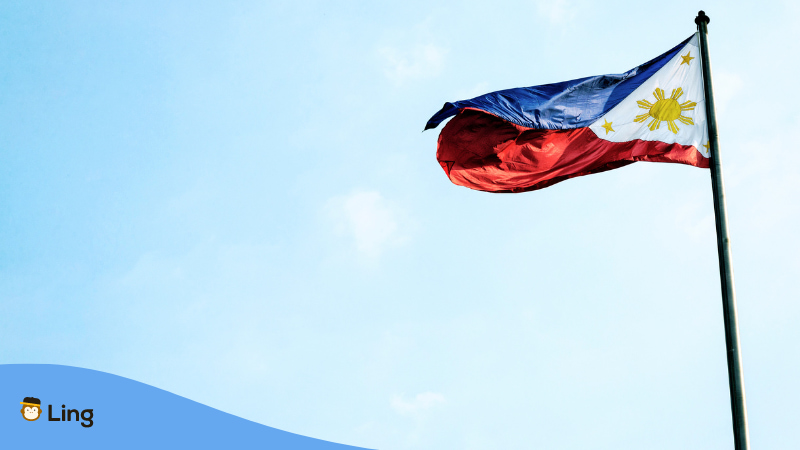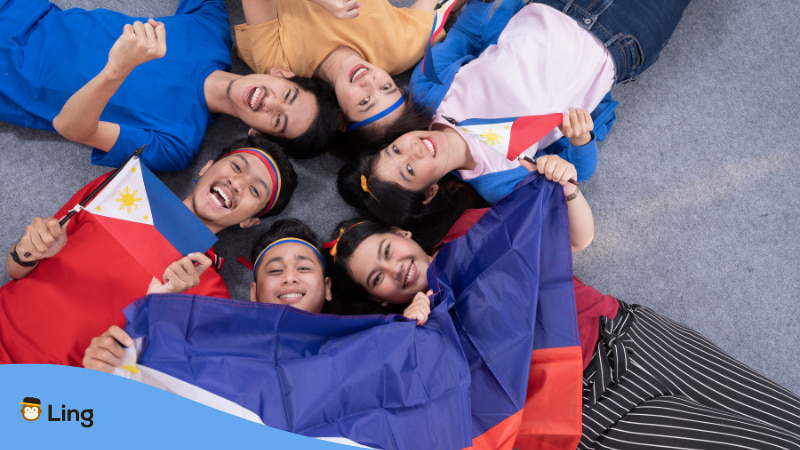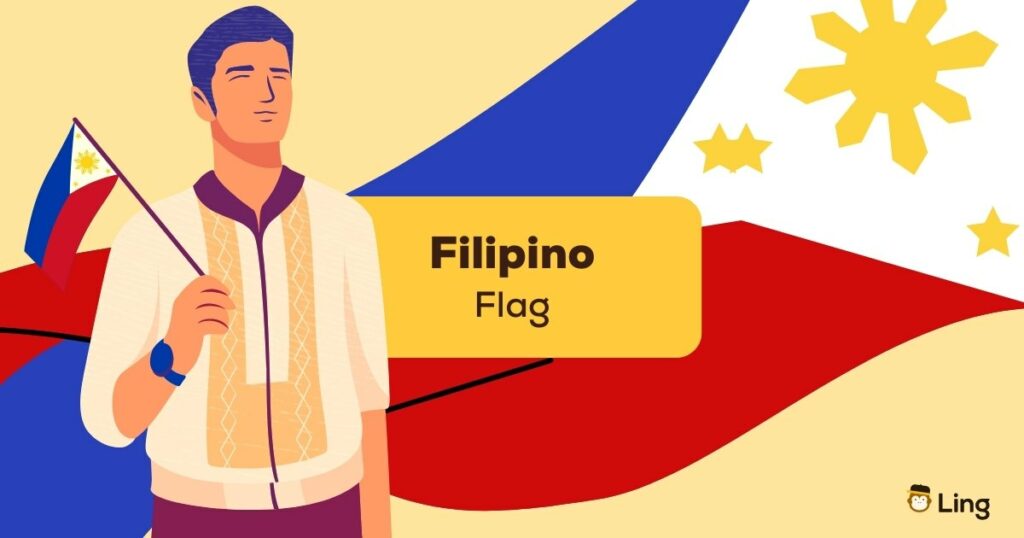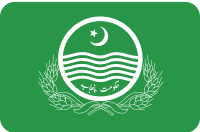Are you wondering about what the Filipino flag is all about and what it represents? In this post, we will walk you through all the interesting facts you need to know about the watawat or flag of the Philippines so that you confidently talk about this with the locals. In addition, we will share with you the Philippine national anthem, which is also an important concept related to the country’s flag. So, if you are up for that, then let the learning begin!
The national flag of countries is deeply important because it symbolizes the citizens’ patriotism, commitment, and pride. While it may simply look like a regular piece of cloth, the intricate designs and colors have individual meanings and are used to display the insignia of the country, an organization, an office, or a specific group. If we are going to talk about history, flags used to be mainly present only during wars to show fierceness and serve as identification. In fact, almost every flag today has its own nickname aside from the universally accepted name.
As for the case of the flag of the Philippines, it is popularly known by the locals as the Pambansang Watawat ng Pilipinas (Philippine national flag) or simply the Tatlong Bituin at Isang Araw (three stars and a sun).
The design of the Philippine flag has not changed much throughout the years. The main differences are only with changes in the shade of blue and red fields and the design of the sun. To get to know more about its history, continue reading below.
History Of The Filipino Flag
Ever since the dawn of time, the Philippines has been conquered by different countries, including Spain, the United States, Japan, the Netherlands, Portugal, and Great Britain. During this time, the country adopted all the flags of those foreign nations. However, there are also instances recorded in history where Chinese pirates and invaders from Brunei, Malaysia, and Indonesia have been on the country’s shore.
With all these considered, we cannot deny that the Filipino people understand what it feels like to be invaded and not have an identity of their own. After years of oppression, the revolution started, and this started the burning desire of the locals to fight for their country.
At the start of the philippine revolution, Gen. Emilio Aguinaldo designed the first-ever Filipino flag, which is still the same design used today. The first Philippine flag was sewn by three women at 535 Morrison Hill Road in Hongkong.
The three women include Doña Marcela Mariño Agoncillo (who is now known as the Mother of the Philippine Flag), Lorenza Mariño Agoncillo, and Delfina Herbosa de Natividad (who is also a niece of Dr. Jose Rizal, the Philippine National Hero).
The Philippine flag is made of silk, and it was first hoisted during the declaration of the Philippine Independence on June 12, 1898, in Kawit, Cavite. This date later became officially proclaimed the National Independence Day of the Philippines.
Since the whole design is still new, other provinces in the country have adopted it but modified it to include Spanish texts such as Fuerzas Expedicionarias del Norte de Luzon (Northern Luzon Expeditionary Forces) and Libertad Justicia e Ygualdad (Liberty, Justice, and Equality).
During the American period, the country had no choice but to use the American flag. By March 26, 1920, the Philippine flag was again displayed but with a minor modification to its color. Instead of using a bright blue and red color, it now resembles the colors used in the American flag to represent that the country is still under the American government.
By 1942 – 1943, the Japanese flag was used, but the Philippine revolution was successful. By October of 1943, the Philippine flag was displayed once again. This was hoisted upon the proclamation of the Second Republic of the Philippines under president Dr. Jose P. Laurel.
From 1946 to the present, the Philippines stayed independent and have been using its official flag, and the only difference that can be seen is the change of shades. However, since 1998, the Filipino flag is following the colors stipulated in the Republic Act. 8491 (S. 1998).

The Symbolisms In The National Flag Of The Philippines
The original concept of the Philippine national flag reflects particular ideals, dreams, and aspirations of the Filipino people. There is basically five major symbolism that you can find, which includes the following:
- Equilateral triangle (patterned after the triangular shape of Masonic emblems) which is in remembrance of the first-ever underground group, known as the KKK, in the country with the goal of breaking free from the chains of the Spanish Regime.
- Golden sun with eight rays of the sun (represents the first eight provinces in the country that lead the historical revolution against the Spaniards)
- Three stars (five-pointed) are also placed inside the white equilateral triangle to represent Luzon, Visayas, and Mindanao.
- The blue field symbolizes peace, justice, and truth.
- The red field symbolizes patriotism and valor. During the state of war, the flag can also be hoisted upside down.
- The white triangle symbolizes courage, heroism, and bravery.

5 Things You Must Know About The Philippine Flag
Since flags are important in today’s generation, the country has specific protocols for their use. To help you know what these are and avoid coming off as disrespectful, check out these five important facts you need to know below.
- Use the flag above and behind a speaker’s platform, not in front of it. In addition, do note that if you see that the flag is on the speaker’s right, this means that the event or ceremony is being done within the jurisdiction of the Philippines.
- When hung horizontally, the blue field must be on the top. When vertically, the blue field must be on the left.
- It is considered wrong to use the flag design as apparel or as drapery. In fact, it should not be dipped into any object or person at all.
- If the flag is already old and is starting to be destroyed due to weather conditions, the best way to get rid of it is by burning it.
- It is important for everyone to rise and salute during the flag ceremony by placing their right hand over their heart.
The Philippine National Anthem
To ensure that you will instantly recognize the national anthem when you hear it, please check out the lyrics below along with the official translation.
| Official Tagalog Lyrics | Official English Lyrics |
| Bayang magiliw, Perlas ng silanganan, Alab ng puso Sa dibdib mo’y buhay. Lupang hinirang, Duyan ka ng magiting, Sa manlulupig Di ka pasisiil. Sa dagat at bundok, Sa simoy at sa langit mong bughaw, May dilag ang tula At awit sa paglayang minamahal. Ang kislap ng watawat mo’y Tagumpay na nagniningning; Ang bituin at araw niya, Kailan pa ma’y di magdidilim. Lupa ng araw, ng luwalhati’t pagsinta, Buhay ay langit sa piling mo; Aming ligaya na ‘pag may mang-aapi, Ang mamatay nang dahil sa ‘yo. | Land of the morning, Child of the sun returning, With fervor burning Thee do our souls adore. Land dear and holy, Cradle of noble heroes, Ne’er shall invaders Trample thy sacred shores. Ever within thy skies and through thy clouds, And o’er thy hills and seas, Do we behold the radiance, feel the throb Of glorious liberty. Thy banner dear to all our hearts, Its sun and stars alight, Oh, never shall its shining fields Be dimmed by tyrant’s might! Beautiful land of love, o land of light, In thine embrace ‘tis rapture to lie, But it is glory ever, when thou art wronged, For us, thy sons to suffer and die |
As we reach this part of the post, we hope that you were able to learn everything there is to know about the Philippine Flag. So, if you enjoyed this post, please be sure to check out our previous articles related to the Philippines and its languages, such as the history of the Tagalog language, the best movies to watch to learn Tagalog, and the epic differences between Tagalog and Spanish.
Before you click away, let us ask one question: Would you like to deepen your knowledge of Tagalog terms and learn to communicate like a fluent speaker of the language? Now you may learn Tagalog by utilizing our most recommended platform that gives you access to the greatest lesson content for FREE. Find out more by reading on!

Master Tagalog Today Using Ling App!
If you are interested in learning Tagalog, it doesn’t have to be difficult, expensive, or time-consuming. Wherever you are in the globe, you may study for free with the Ling app. Then, using your mobile device, you may complete language lessons on the move. Gamified material, chatbots powered by artificial intelligence, and updated language courses produced by native speakers and language specialists are just some of the groundbreaking features that you can get from the inside.
So, what are you waiting for? Challenge yourself today and discover 60+ languages with the Ling app! It’s available at the App Store or Play Store to try out now!









































